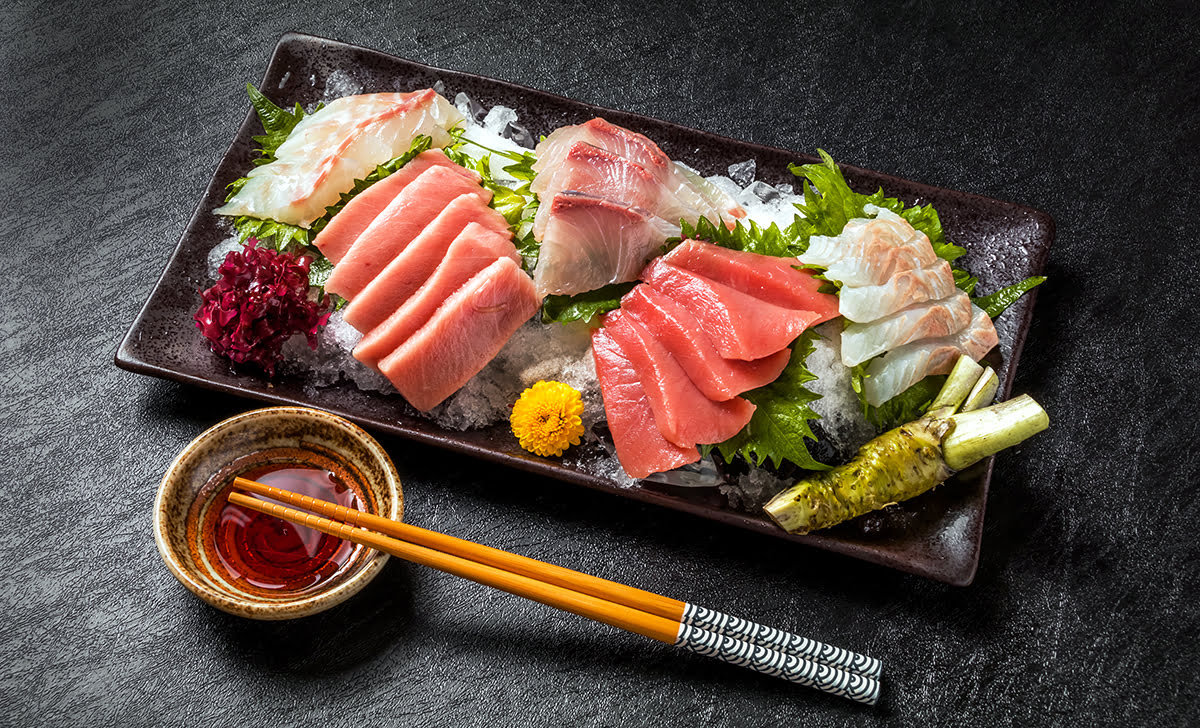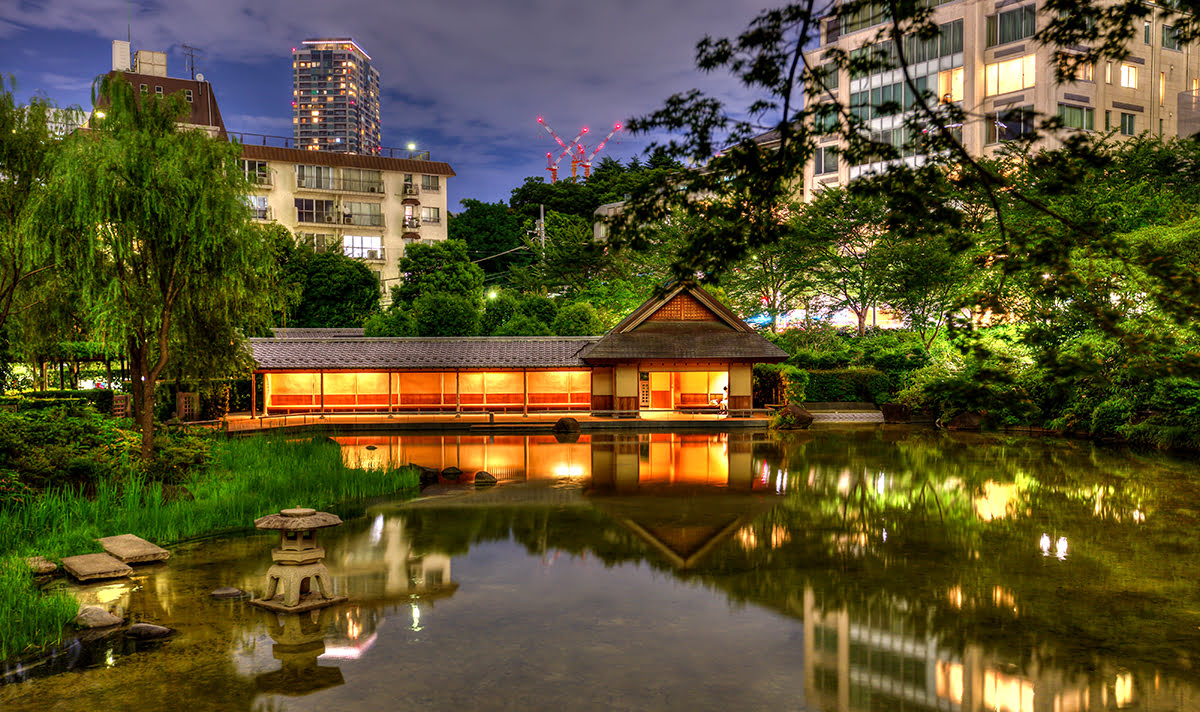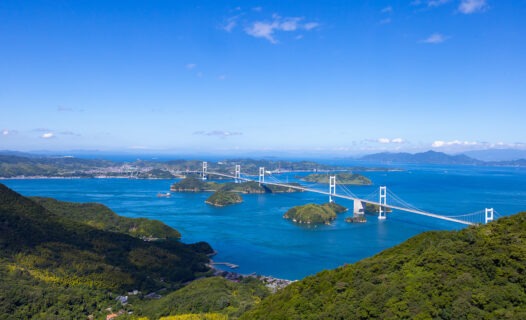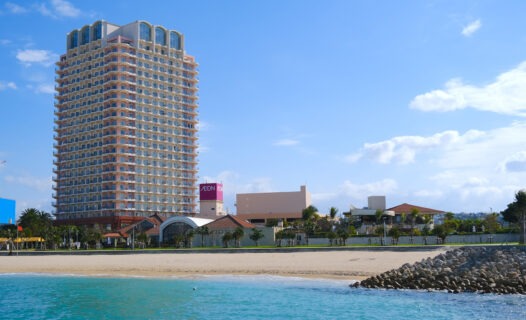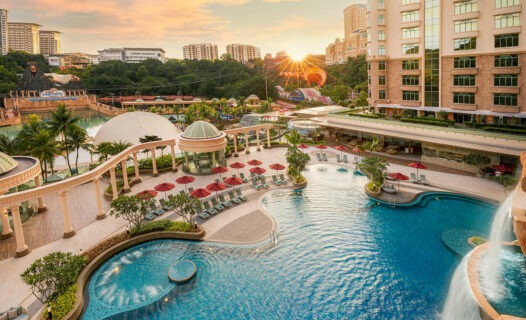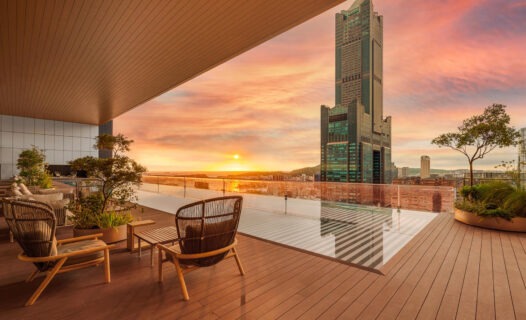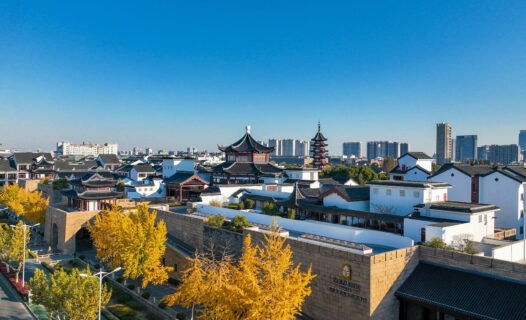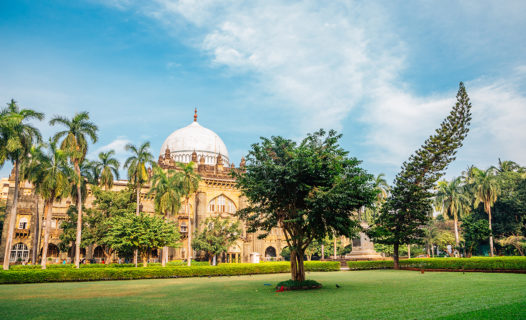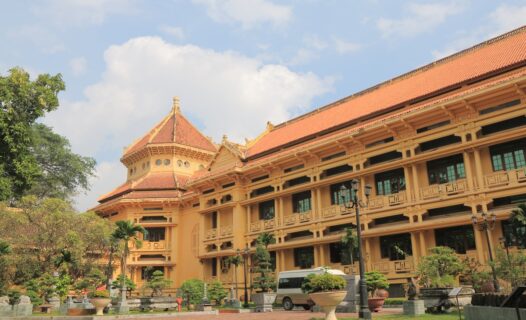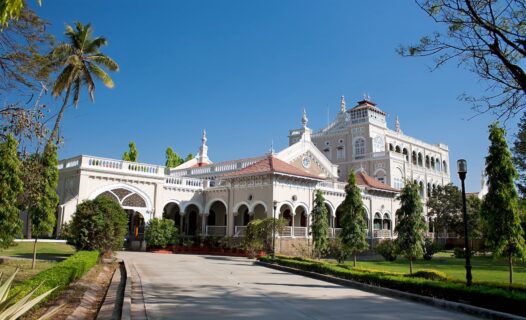Welcome to Roppongi, one of Tokyo’s most dynamic and exciting neighborhoods. Known for its vibrant nightlife, world-class dining, luxury shopping, and rich cultural attractions, Roppongi is a must-visit destination for anyone exploring Tokyo. Whether you’re a first-time visitor or a seasoned traveler, there’s always something new and exciting to discover in Roppongi.
Historical Context and Folklore
Roppongi has a fascinating history that dates back to the early Edo period. Originally a quiet rural area, it transformed into a bustling entertainment district after World War II, renowned for its nightclubs and bars. In the late 20th century, Roppongi underwent significant redevelopment, emerging as a hub for business, luxury living, and cultural attractions. Folklore and legends from the Edo period still resonate in some of Roppongi’s older quarters, where you can find traditional shops and remnants of ancient Tokyo.
Culinary Deep Dive
Roppongi offers an exceptional culinary experience. The district is home to a diverse array of restaurants, catering to all tastes and budgets. From traditional Japanese eateries to international gourmet restaurants, food lovers are truly spoilt for choice. Here are some must-try culinary experiences:
- Sushi: Whether it’s a high-end sushi bar or a cozy local joint, the sushi in Roppongi is top-notch. Restaurants often source fresh fish from Tokyo’s famous Tsukiji Market.
- Ramen: Roppongi boasts several excellent ramen shops. Each shop offers its unique take on this beloved Japanese dish, from rich, creamy tonkotsu to light, soy-based shoyu ramen.
- Brunch Spots: Enjoy a leisurely brunch at one of Roppongi’s trendy cafes. Many places offer a mix of Japanese and Western-style breakfast options.
- Fine Dining: For a special night out, dine at one of Roppongi’s high-end restaurants. The district boasts several Michelin-starred establishments offering exquisite, innovative cuisine.
- International Cuisine: Roppongi is known for its international flavor, with numerous restaurants offering a wide range of global cuisines, from Italian and French to Thai and Indian.
-
Day-by-Day Itinerary
Day 1: Arrival and Initial Exploration
Morning: Start your journey with a visit to Roppongi Hills. This urban complex features high-end shops, restaurants, and the famous Mori Art Museum. Don’t forget to take in the breathtaking view of Tokyo from the Roppongi Hills Mori Tower.
Afternoon: Head over to the National Art Center, a stunning architectural masterpiece that hosts a variety of exhibitions. Take a leisurely stroll through the center’s captivating galleries.
Evening: Experience the vibrant nightlife by visiting popular bars and clubs in the area. For a memorable night out, check out the lively scene at Tokyo Midtown.
Day 2: Art and Culture
Morning: Start your day at the Mori Art Museum, located within Roppongi Hills. With its ever-changing exhibitions showcasing contemporary art from around the world, it’s a haven for art lovers.
Afternoon: Explore the nearby streets and discover the diverse dining options. From traditional Japanese sushi to international cuisine, there’s something for every palate. Don’t miss trying out a local favorite ramen spot.
Evening: Visit the iconic Tokyo Tower for a mesmerizing view of the city. The tower is especially beautiful at night when it’s illuminated. End your day with a relaxing walk through Zojoji Temple, located at the base of the tower.
Day 3: Shopping and Fine Dining
Morning: Spend your morning shopping at Tokyo Midtown, another major commercial complex in Roppongi. This high-end shopping center offers a range of luxury boutiques and department stores.
Afternoon: Take a break and enjoy lunch at one of the many gourmet restaurants in the area. For dessert, indulge in some delicious pastries at a local café.
Evening: End your shopping spree with a fine dining experience at one of Roppongi’s top-rated restaurants. Whether you’re in the mood for Japanese, French, or Italian cuisine, Roppongi has it all.
Day 4: Relaxation and Nature
Morning: Begin your day with Pamper yourself with a visit to a spa or wellness center. Roppongi has several options where you can enjoy massages, facials, and other rejuvenating treatments. It’s a perfect way to unwind after a day of exploration.
Afternoon: For lunch, explore some of the nearby sushi places in Roppongi. The area boasts a variety of sushi restaurants ranging from traditional to modern twists on this classic Japanese dish. Afterward, you can relax at one of the local cafes.
Evening: Enjoy a peaceful walk through Hinokicho Park, located near Tokyo Midtown. This serene park offers a perfect retreat from the bustling city life, with its beautifully landscaped gardens and tranquil pond.
Day 5: Historical and Cultural Exploration
Morning: Step back in time with a visit to the nearby Meiji Shrine. Although not in Roppongi, it’s just a short metro ride away and offers a glimpse into Japan’s rich cultural heritage. The serene surroundings and majestic architecture make it a must-see.
Afternoon: After exploring Meiji Shrine, return to Roppongi and visit the Suntory Museum of Art. This museum, located within Tokyo Midtown, showcases a stunning collection of traditional Japanese artworks and artifacts.
Evening: Conclude your cultural journey with an evening at the National Art Center Tokyo. This unique museum doesn’t have a permanent collection, but it hosts various rotating exhibitions ensuring there’s always something new to see. Check the schedule ahead of time to see what exhibitions will be on display during your visit.
Local Voices
Interview with Sato, a Local Restaurant Owner: “Roppongi is known for its diverse dining options. Whether you’re looking for traditional Japanese cuisine or international dishes, there’s something for everyone. Our restaurant prides itself on using only the freshest ingredients and blending traditional techniques with modern touches. Visitors should also explore the local cafes and bars for a complete experience.”
Insights from Hiro, a Local Tour Guide: “Roppongi is not just about nightlife; it’s a district rich in culture and history. The Mori Art Museum and the National Art Center Tokyo are must-see attractions for art enthusiasts. I recommend visitors to also explore the little alleys and hidden spots, where you can find unique shops and tranquil moments away from the main hustle and bustle.”


